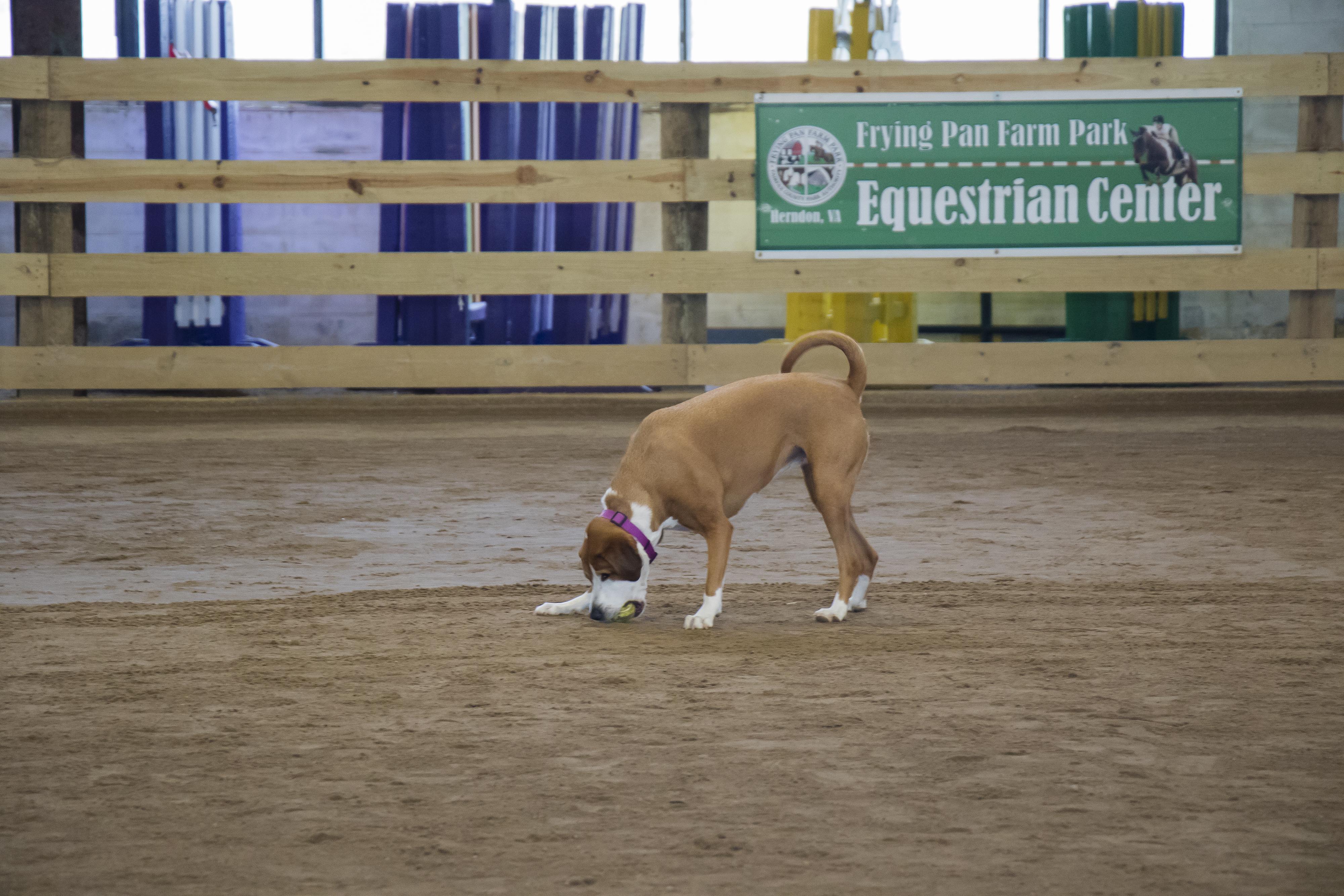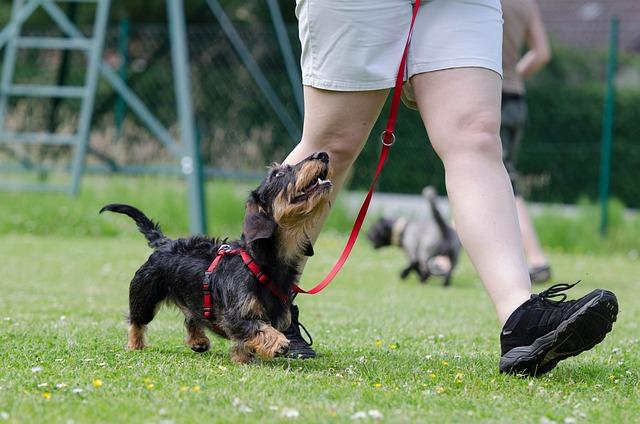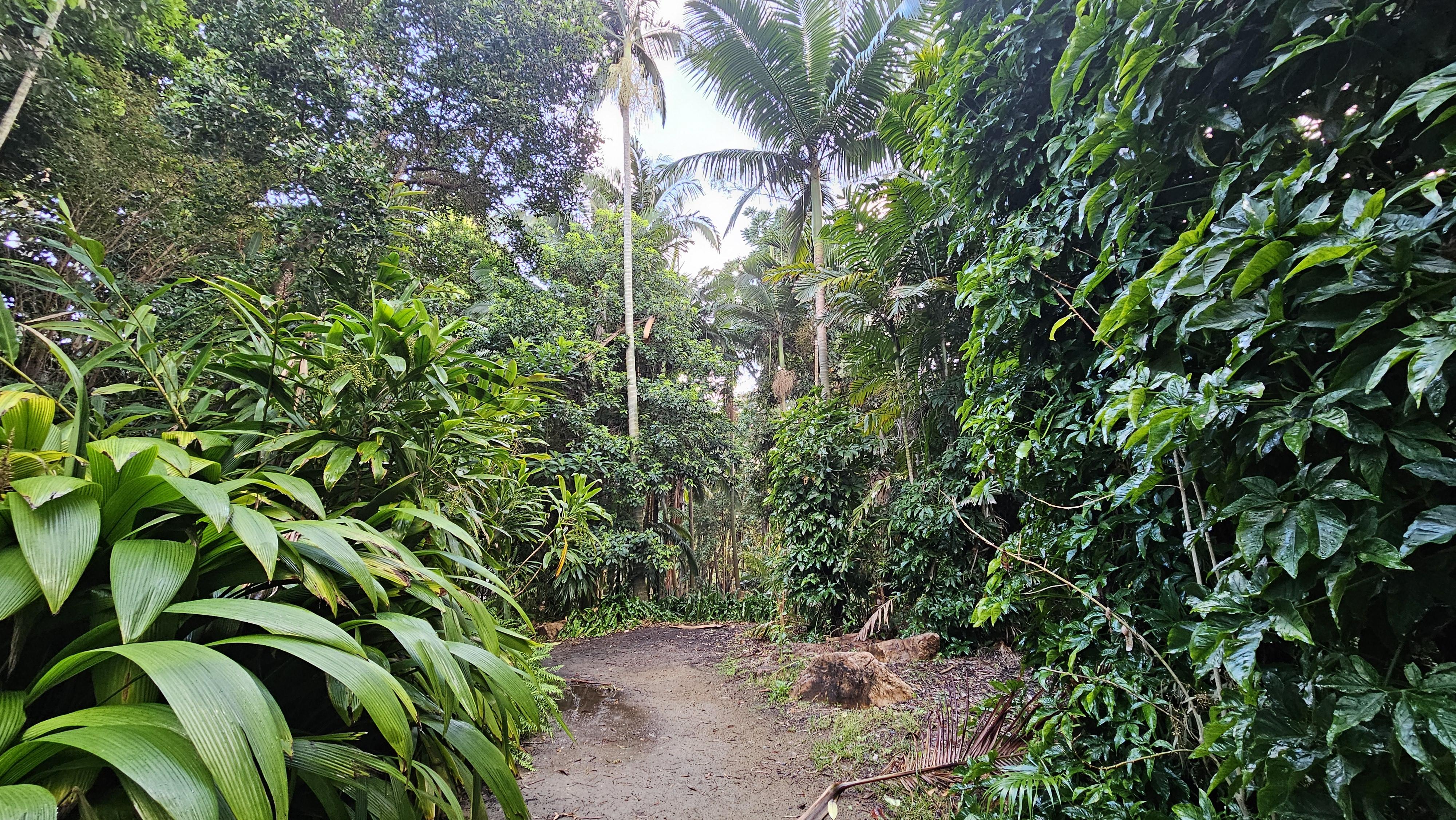Walking your dog off-leash can be one of the most rewarding experiences for both you and your furry friend, offering a sense of freedom and trust that strengthens your bond. However, achieving a successful off-leash walk requires patience, practice, and a solid understanding of your dog’s behavior. In this guide, we’ll explore the essential steps to train your dog for off-leash walking, ensuring a safe and enjoyable experience for both of you. Whether you’re strolling through a bustling park or exploring serene nature trails, our warm and instructive approach will help you and your dog navigate this exciting journey together, fostering confidence and companionship along the way.
Building Trust and Understanding the Basics
Before you can expect your dog to confidently walk off-leash, it’s essential to build a strong foundation of trust and understanding. Start by establishing a reliable recall command. This means your dog should come back to you whenever called, no matter the distractions around. You can achieve this through consistent practice and positive reinforcement. Remember, patience is key, and every dog learns at their own pace.
- Use a long leash: Begin training with a long leash in a safe, enclosed area. This gives your dog some freedom while allowing you to maintain control.
- Reward generously: Praise and treat your dog when they respond correctly to commands. Positive experiences build trust.
- Understand body language: Learn to read your dog’s signals. Recognizing when they are stressed or excited helps in managing their behavior.
By focusing on these basics, you’re not just training your dog to walk off-leash, but also nurturing a bond built on mutual respect and communication.

Creating a Safe Environment for Off Leash Adventures
When preparing your furry friend for off leash escapades, it’s essential to ensure that the environment is as safe as possible. Start by selecting a location that is away from busy roads and potential hazards. Look for areas like fenced parks or designated dog trails where you can practice without the worry of unexpected dangers. Visibility is key, so choose places with open spaces where you can easily keep an eye on your dog.
Before heading out, make sure to prepare with the following essentials:
- ID Tags: Ensure your dog is wearing a collar with up-to-date identification tags in case of separation.
- Microchip: Consider getting your dog microchipped for added security.
- Recall Training: Reinforce basic commands like ”come” and “stay” in a controlled environment before venturing off leash.
- Leash and Harness: Always have a leash and harness on hand for unexpected situations or if you encounter other dogs or people.
Creating a positive experience with plenty of praise and treats will encourage good behavior and ensure that your dog enjoys their newfound freedom responsibly.

Mastering Recall and Commands for Confidence
Developing a reliable recall is the cornerstone of successful off-leash training. Begin by selecting a unique cue, such as a whistle or a specific word, and consistently associate it with positive experiences. Practice recall in various settings—from the quiet of your backyard to busier parks—gradually increasing distractions. Always reward your dog with high-value treats or their favorite toy upon return, ensuring they associate coming back to you with joy and excitement. Over time, this builds a strong foundation of trust and responsiveness.
Alongside recall, teaching essential commands like “sit,” “stay,” and “leave it” enhances your dog’s ability to navigate off-leash scenarios safely. These commands can prevent potential dangers and help manage unexpected situations. Incorporate these into your daily routine, making sure each session is engaging and rewarding. Remember to keep commands clear and consistent, and practice patience; building confidence through mastery of these skills takes time. With each successful command, your dog gains not only confidence but also a deeper bond with you.

Nurturing a Positive Relationship with Patience and Encouragement
Building a successful off-leash walking routine with your dog is a rewarding journey that thrives on the foundation of patience and encouragement. It’s important to approach each training session with a mindset of understanding and positivity. Remember, your dog is learning a new skill that requires trust and mutual respect. Start with small steps, allowing your dog to explore within a safe and controlled environment. Celebrate every small victory with praise and treats, reinforcing the behavior you want to see more of.
- Consistent Commands: Use the same words and signals to avoid confusion. Consistency is key to helping your dog understand what’s expected.
- Gentle Guidance: If your dog strays, gently redirect them rather than resorting to harsh corrections. Encourage them to stay close by using a friendly tone.
- Celebrate Progress: Acknowledge improvements, no matter how small. Each positive step forward is a building block for a strong off-leash relationship.
Embrace the process with patience, knowing that setbacks are a natural part of learning. By nurturing your dog’s confidence and independence, you’re not just training them for off-leash walking, but also strengthening the bond you share.

